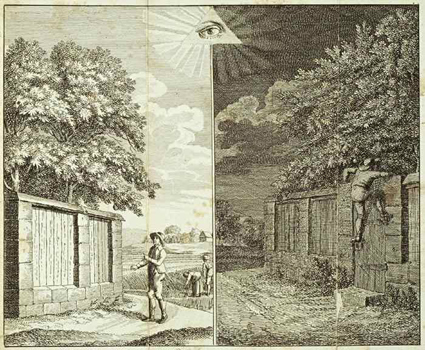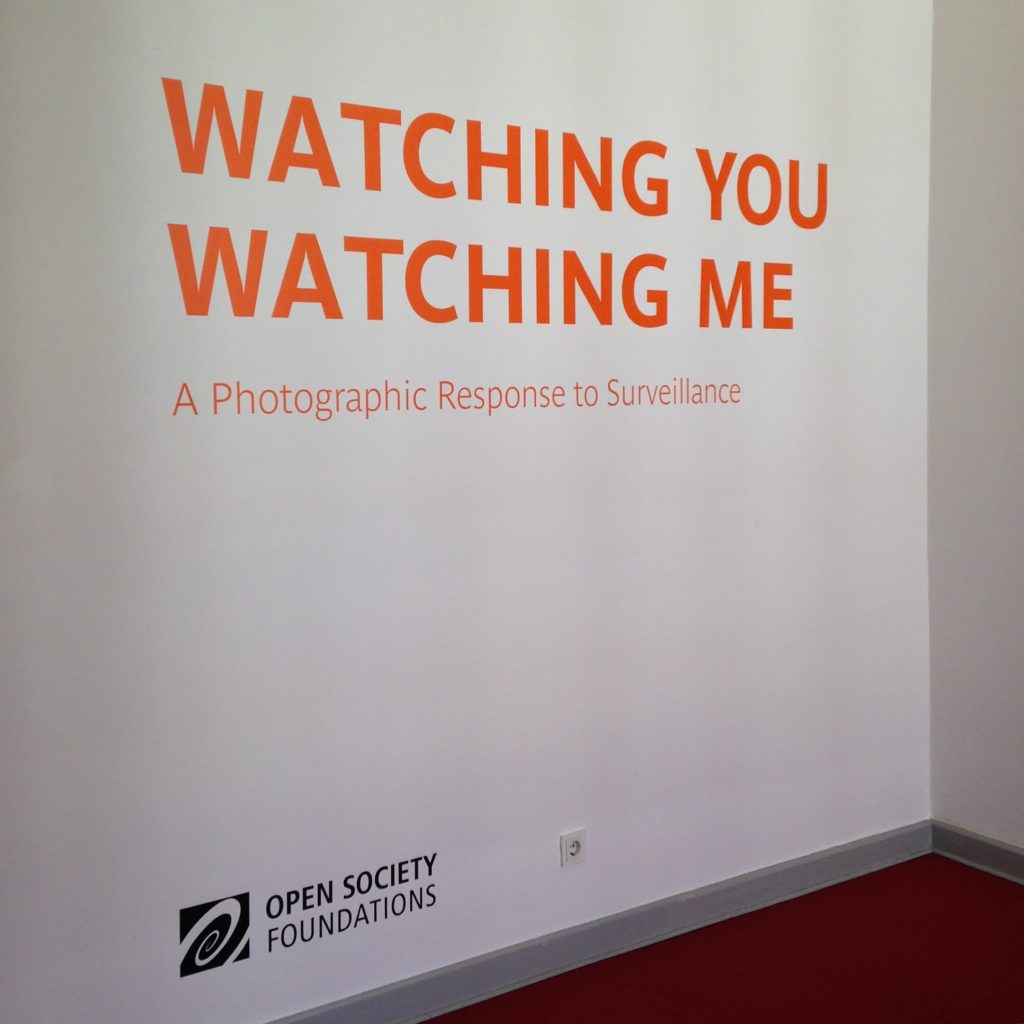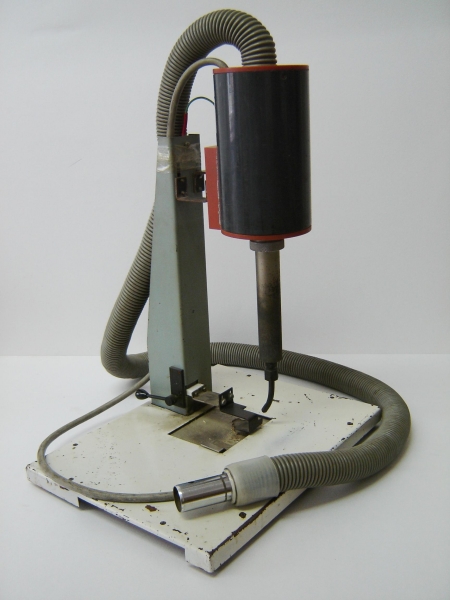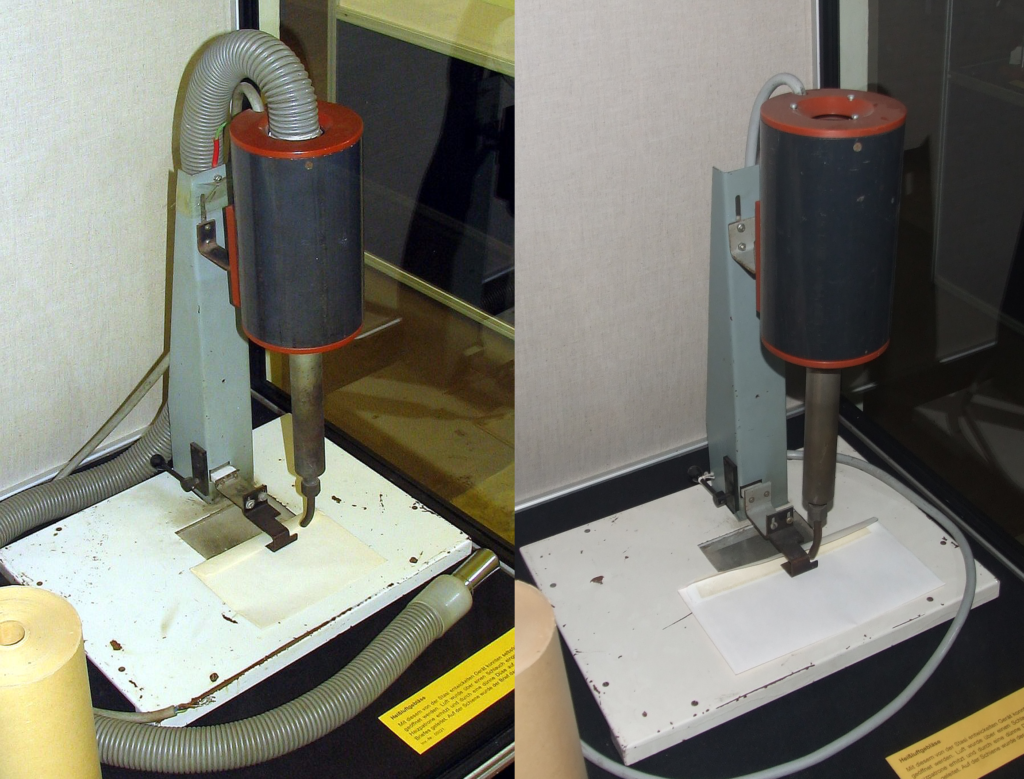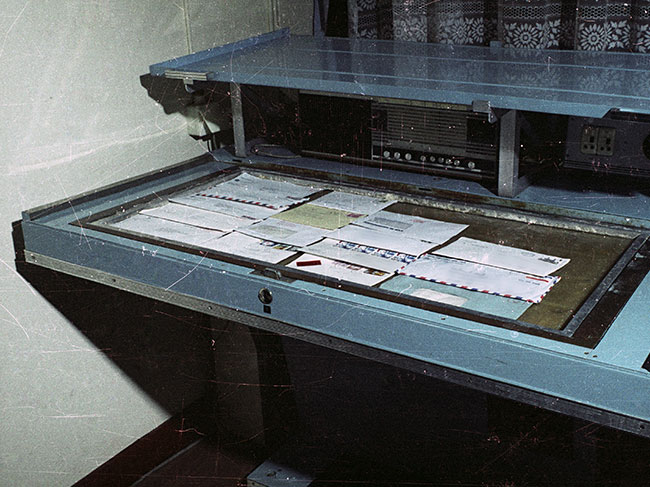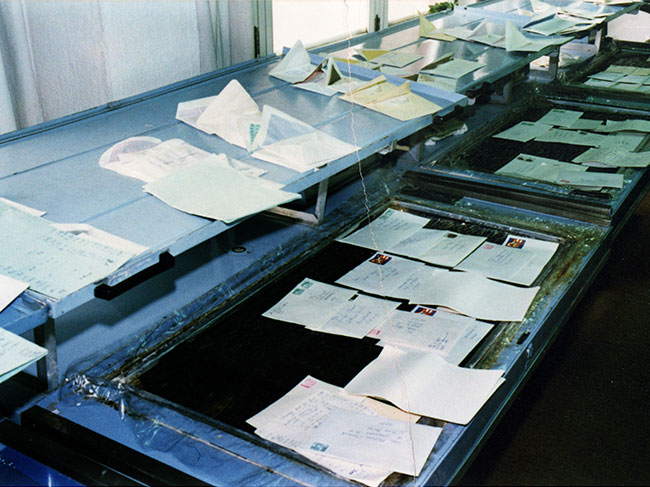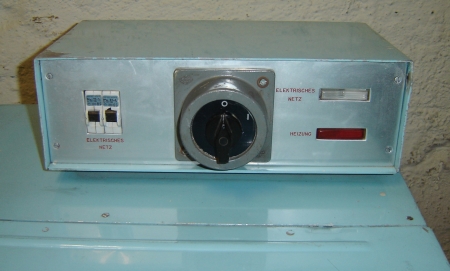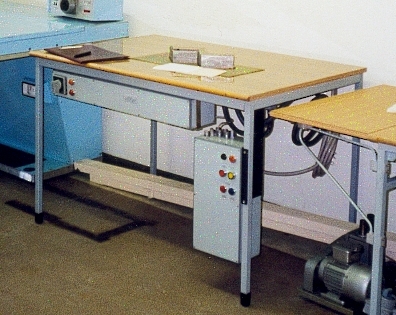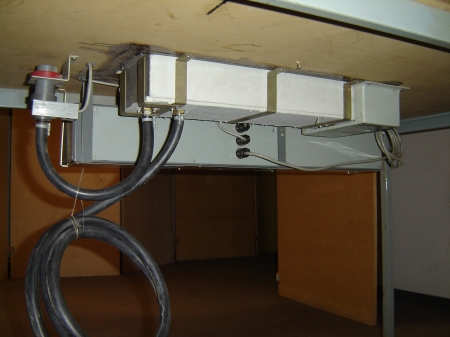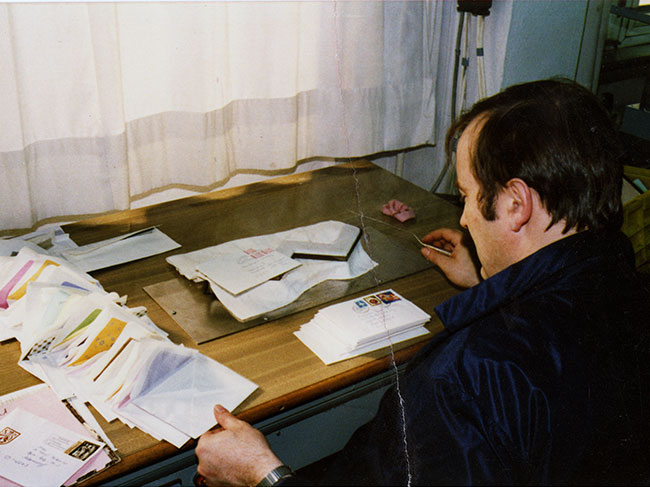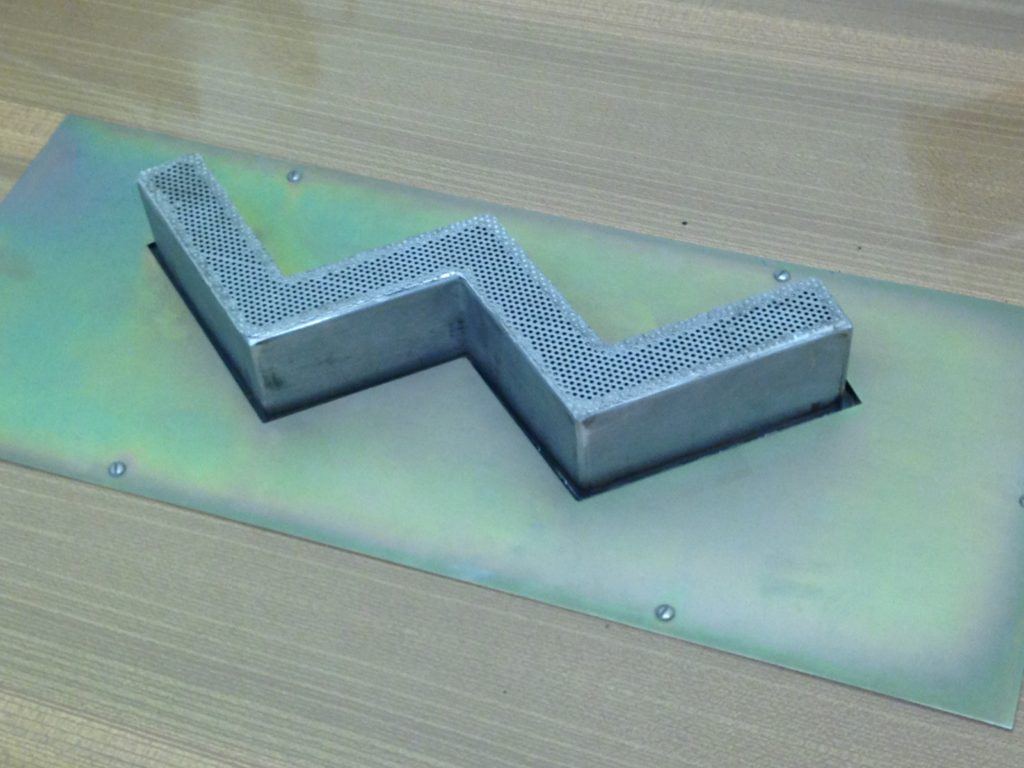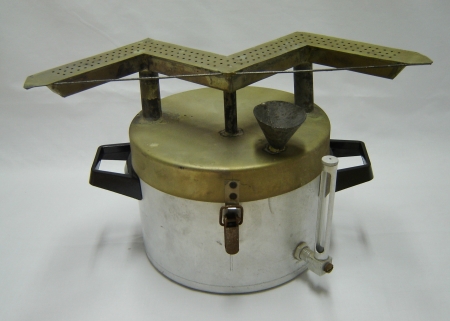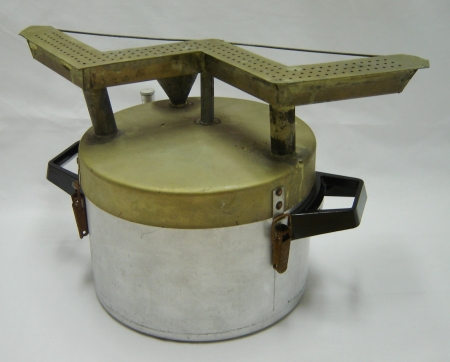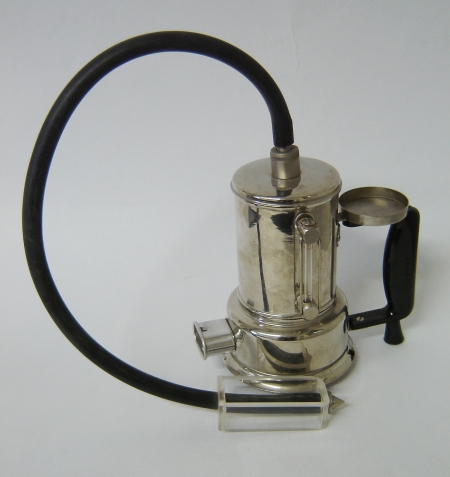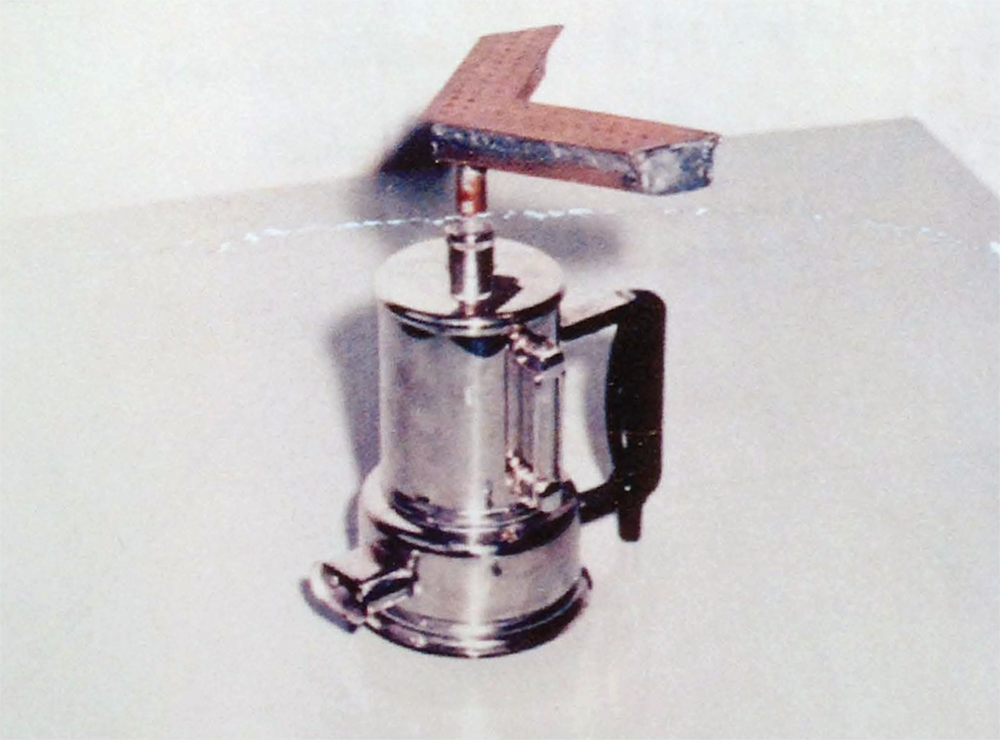After some traveling and conferences and development sprints on other projects I have time this week to come back to the Stasi work. The first post is about the Stasi Records Agency (BStU), whose full name (in English) is the impressive, “Federal Commissioner for the Records of the State Security Service of the former German Democratic Republic”.
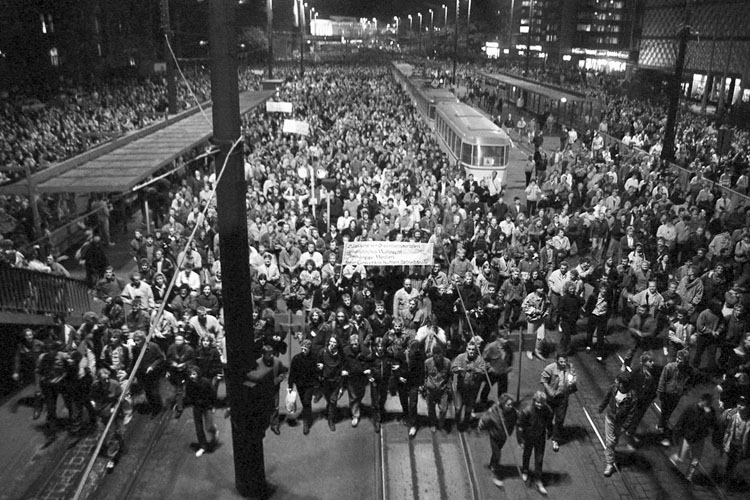
Monday Demonstration in Leipzig on 16 October 1989
At the end of 1989 the Peaceful Revolution spread across the former East Germany. These protests led to the opening of the border via the emotional breaking apart of the Berlin Wall, as well as the end of the reign of the SED government, and with it, the Stasi.
During the transition protesters realized the Stasi agencies were destroying the files that could incriminate them. Groups of citizens occupied Stasi offices across East Germany and sealed the buildings to prevent further destruction of information. On January 15, 1990, citizens gained access and occupied the Berlin headquarters of the Stasi.
After German reunification the BStU was established to preserve the archives and investigate the past of the Stasi. Since January 1992 they have provided a service to allow citizens to view the Stasi files that concern them.
In Berlin the BStU is located at 31 Karl-Liebknecht-Straße, with the files appropriately continuing to be located in the former Stasi headquarters on Frankfurter Allee in Lichtenberg. Here are some photos I took inside the archives in the former Stasi headquarters.
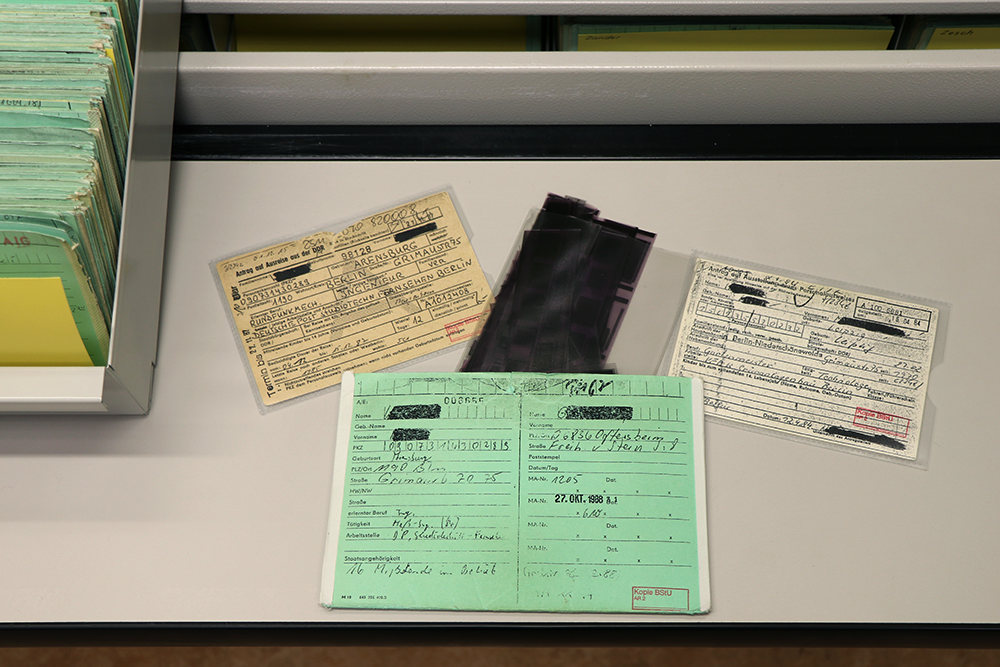
An example card from the Stasi card index now used to locate information for citizens wanting to know what data the Stasi collected, Stasi Records Agency, 2017
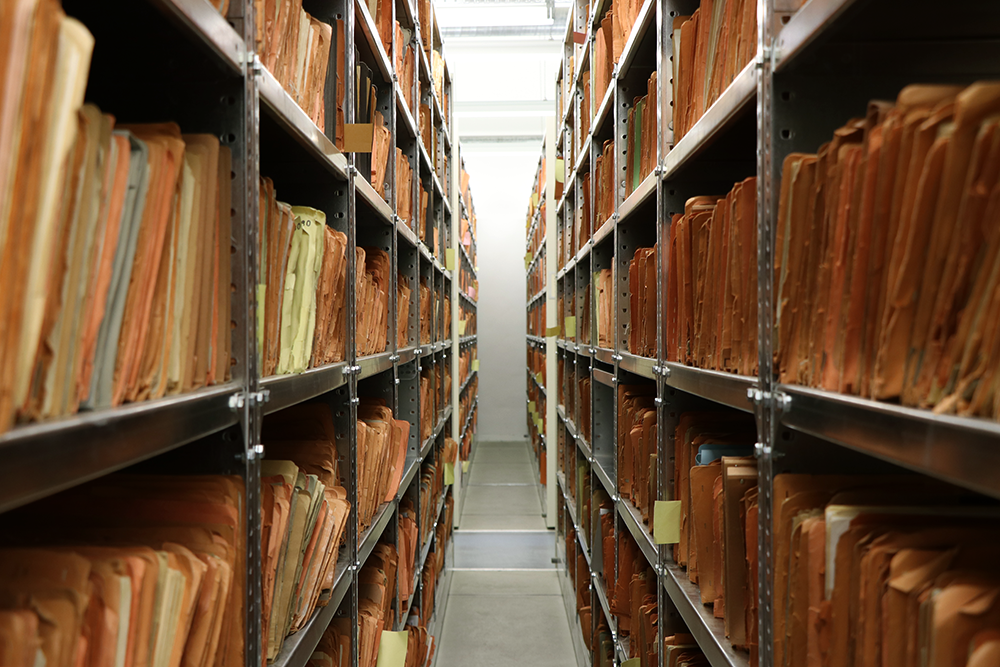
Shelves of citizen files now open to view by the citizens the Stasi surveilled, Stasi Records Agency, 2017

Microfiche shredded by Stasi agents, Stasi Records Agency, 2017
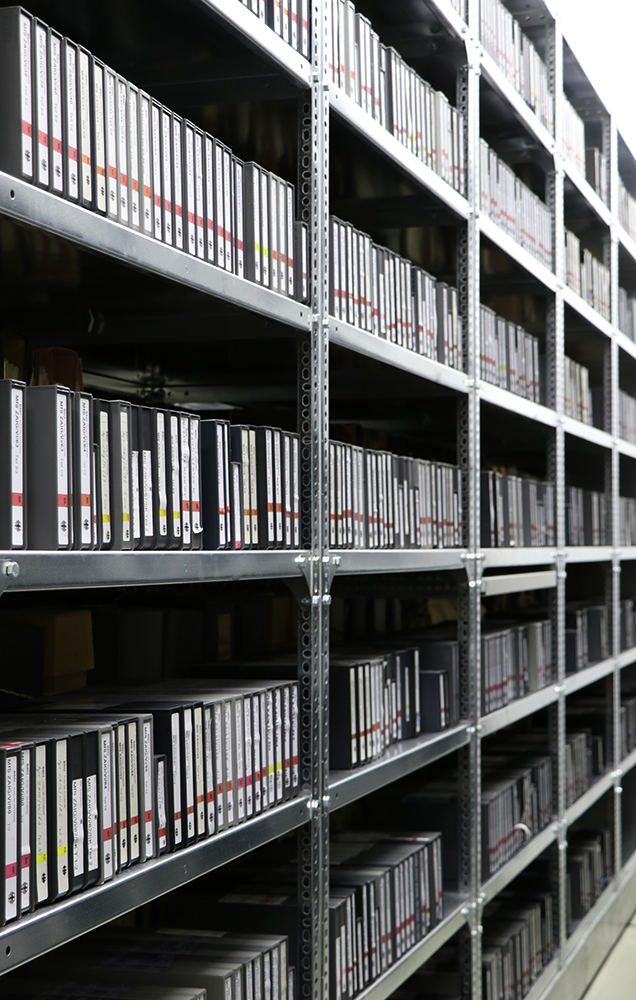
Shelves of surveillance video, Stasi Records Agency, 2017
In addition to providing access to citizen’s files, the BStU assists scholars by allowing viewing of other Stasi documents. In my case, their staff helped me to find and view schematics of postal surveillance machines prepared by the Stasi OTS.
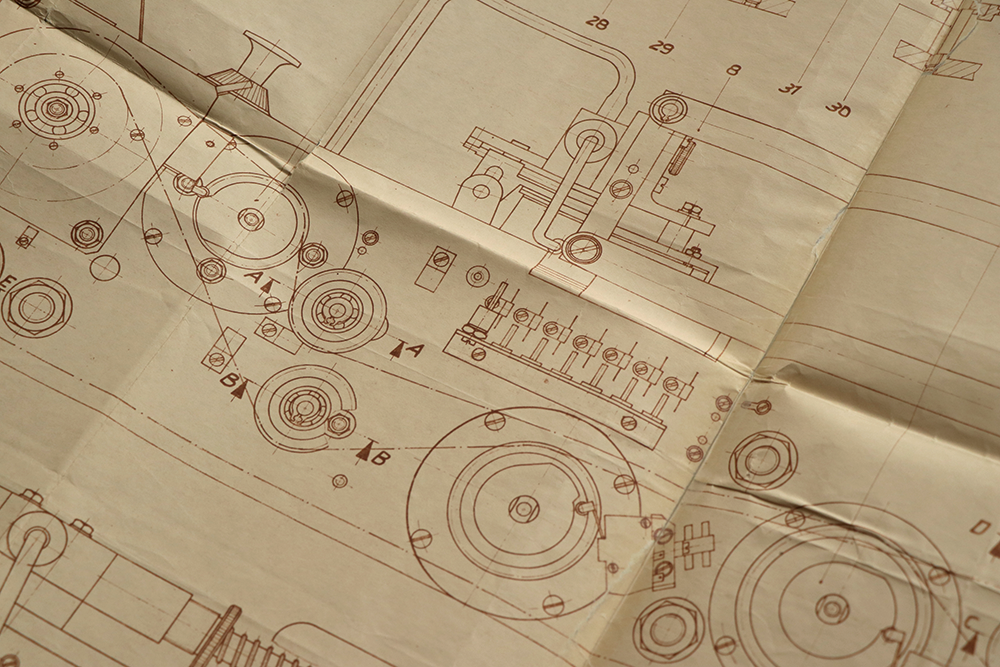
Detail of the Stasi Automatic Letter Closing Machine schematic, Stasi Records Agency, 2017
The BStU also has a thorough library at the Karl-Liebknecht-Straße location. Unlike the Stasi documents, which require one to make an application as a scholar, the library is open to the public.
A Deutsche Welle report on the Stasi archives, 2010


